11 Fabulous Fathers with Fins
Published by Ocean Conservancy
Parenting can be tough. You can often find yourself sacrificing for your children in order to keep them happy and safe. Fathers play a special role in raising children. They make us feel safe, teach us how to survive and always ready to cheer us up with laughter. These qualities make us all appreciate our fathers here on land—and under the sea is not so different. As fathers of the sea, many fish and marine mammals strive to show off their skills as daring—and doting—dads!
Emperor penguin
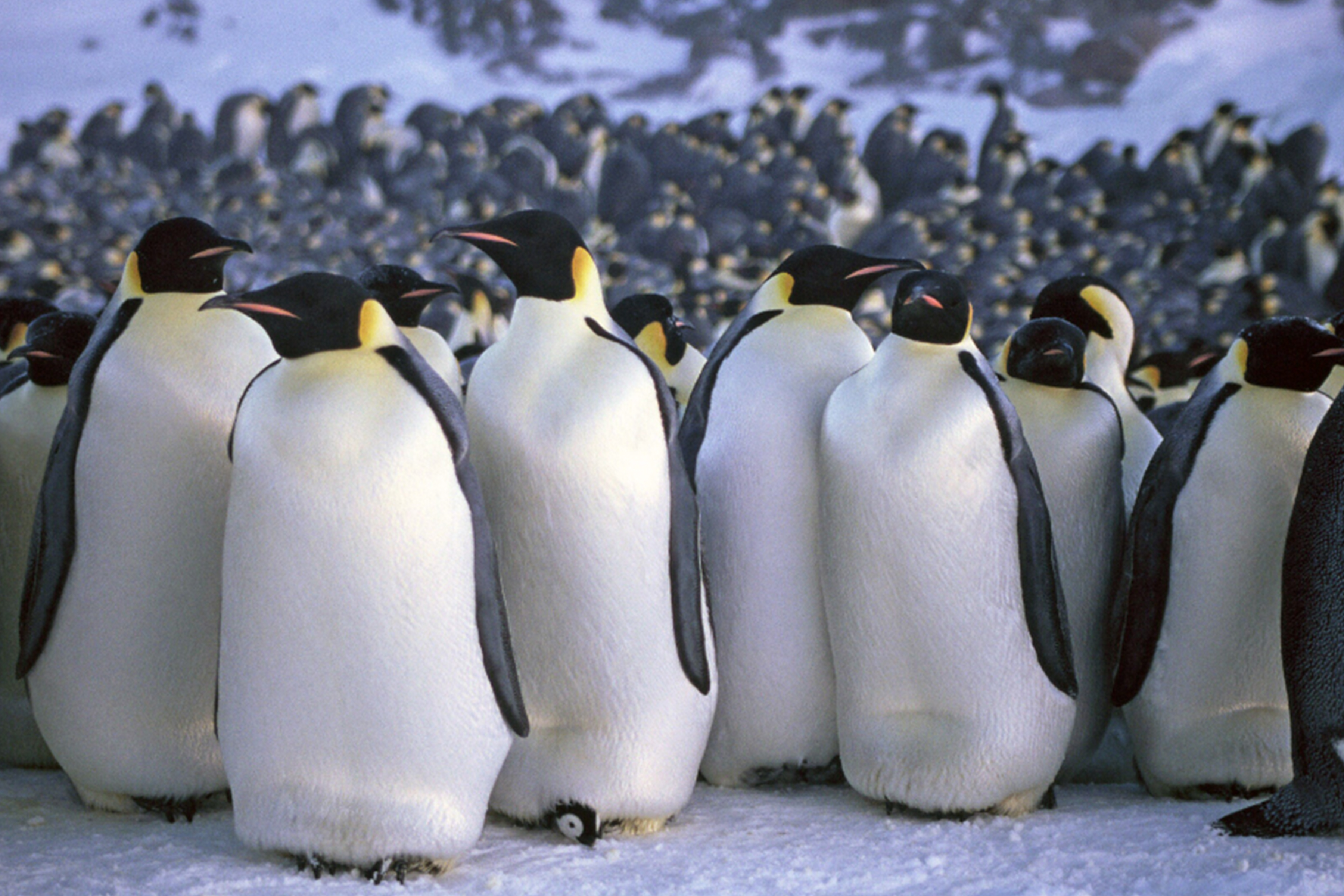

While Emperor penguins have flippers instead of fins, they’re still considered one of the most popular fathers of the sea. During the early months of the year in Antarctica, male penguins fatten up to prepare for their long challenge in March. After a female Emperor penguin lays her egg, the father must protect the egg while she leaves to hunt. For four months, he must hold the egg between the tops of his feet and brooding pouch to keep it warm, enduring harsh temperatures and lack of food. Talk about dedication!
Seahorse


Seahorses are another popular father. They’re a rarity in the animal kingdom because the male carries the babies. After a courtship dance, which can last as long as eight hours, the female seahorse deposits eggs in the male’s stomach pouch and which are then fertilized by the male. The male can carry as many as 2,000 eggs in one pregnancy!
Sand goby
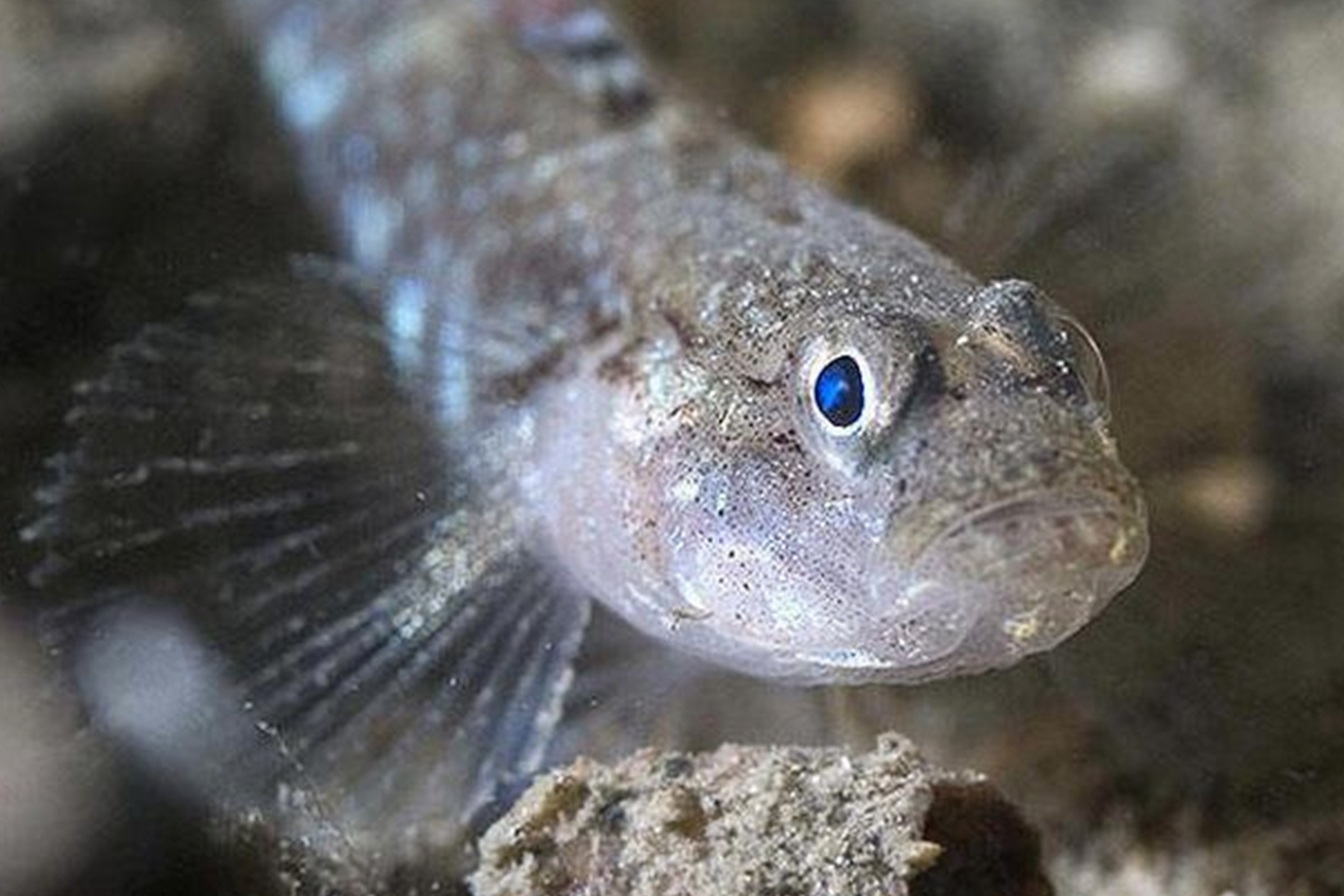

The sand goby is a type of ray-finned fish found in the muddy or sandy waters off Europe’s coast and is another example of gender norm reversal. After the female lays her eggs, she takes off, leaving the male goby solely responsible for ensuring the safety of their eggs.
Arowana
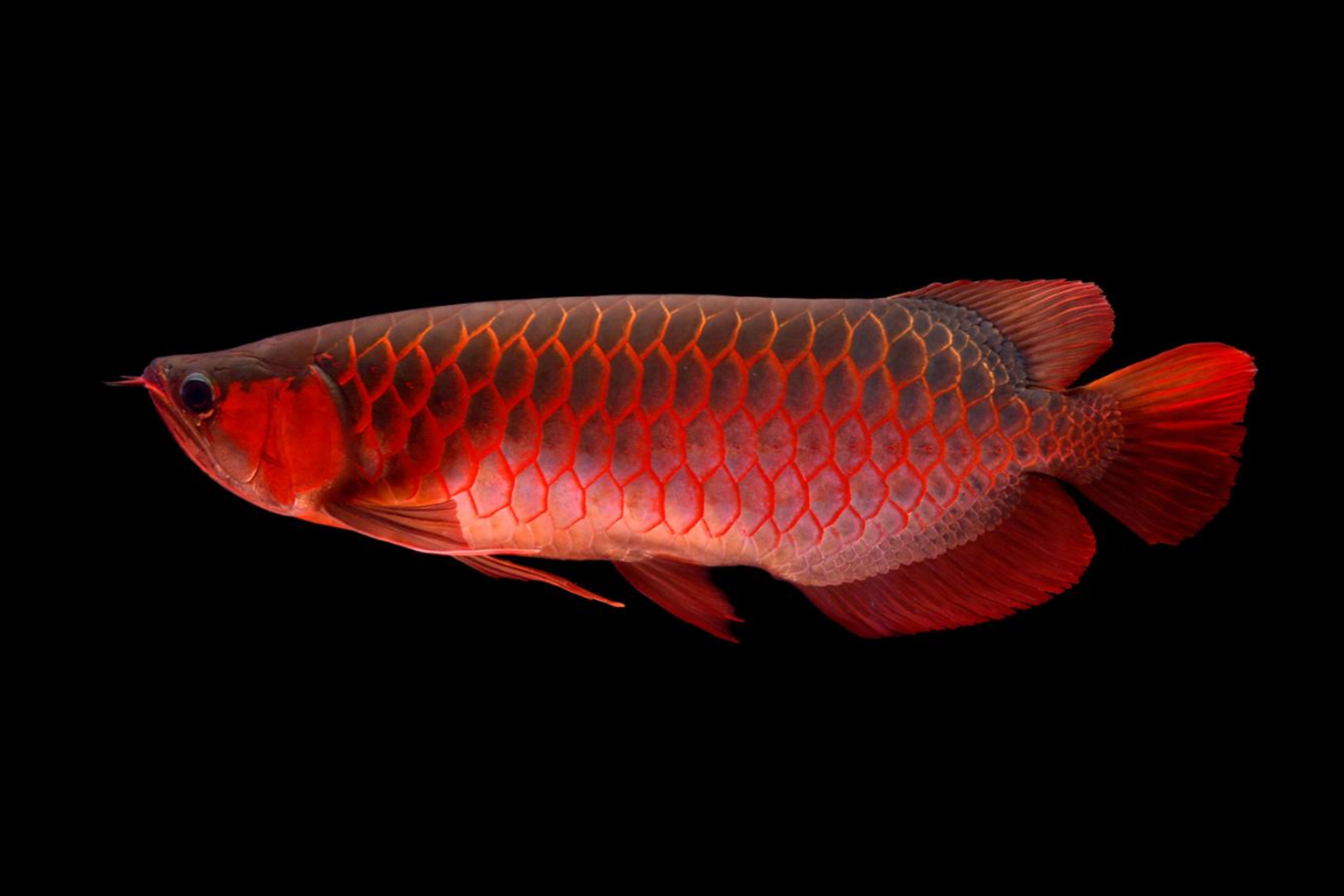

Arowanas, a freshwater fish found in Africa, India, and Australia, are what is known as “mouthbrooders.” After a female arowana has laid her eggs, the male scoops them all up into his mouth until they hatch. Hatched eggs are called “fry” and the father slowly acclimates them to their surroundings, letting them explore and signaling them to return when there is danger. The father has to be very careful, however—if he is startled, he can accidentally swallow some of the young!
Pipefish
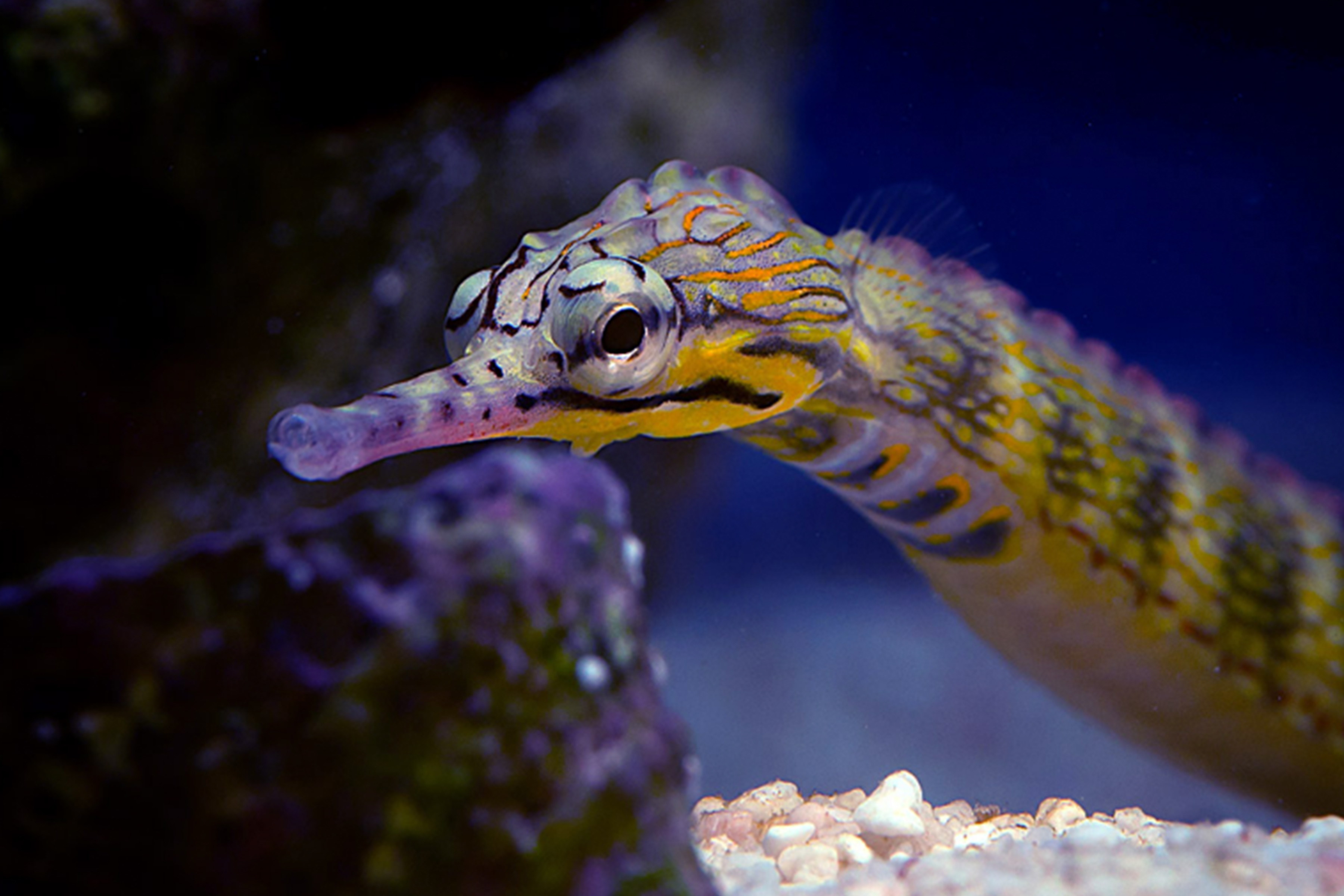

Found widely throughout the Pacific Ocean, pipefish are another exemplary father that take on a similar role to the male seahorse. Pipefish live in seagrass beds of tropical waters and have great camouflage to match the seagrass blades. Like the seahorse, the male carries the young in his brooding pouch and keeps them nourished until they are ready to hatch.
Hardhead catfish
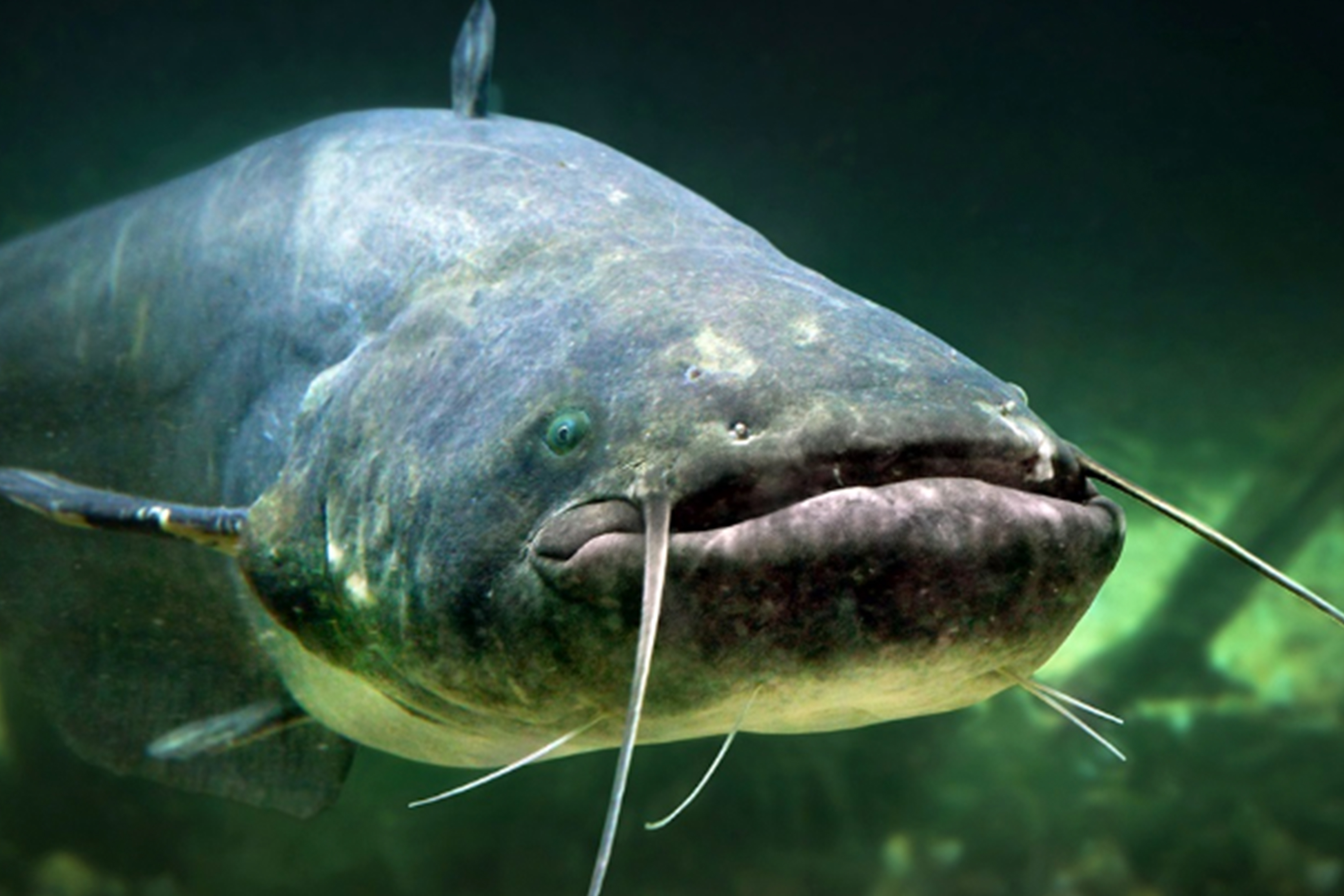

The hardhead catfish is another great father found in North American waters. They are also mouthbrooders and can carry up to 48 marble-sized eggs. Since females produce fewer eggs than most fish, males had to adapt in order to protect their eggs in the open ocean. During the 60 days that it takes for the eggs to develop and hatch, the father completely staves off food.
Siamese fighting fish
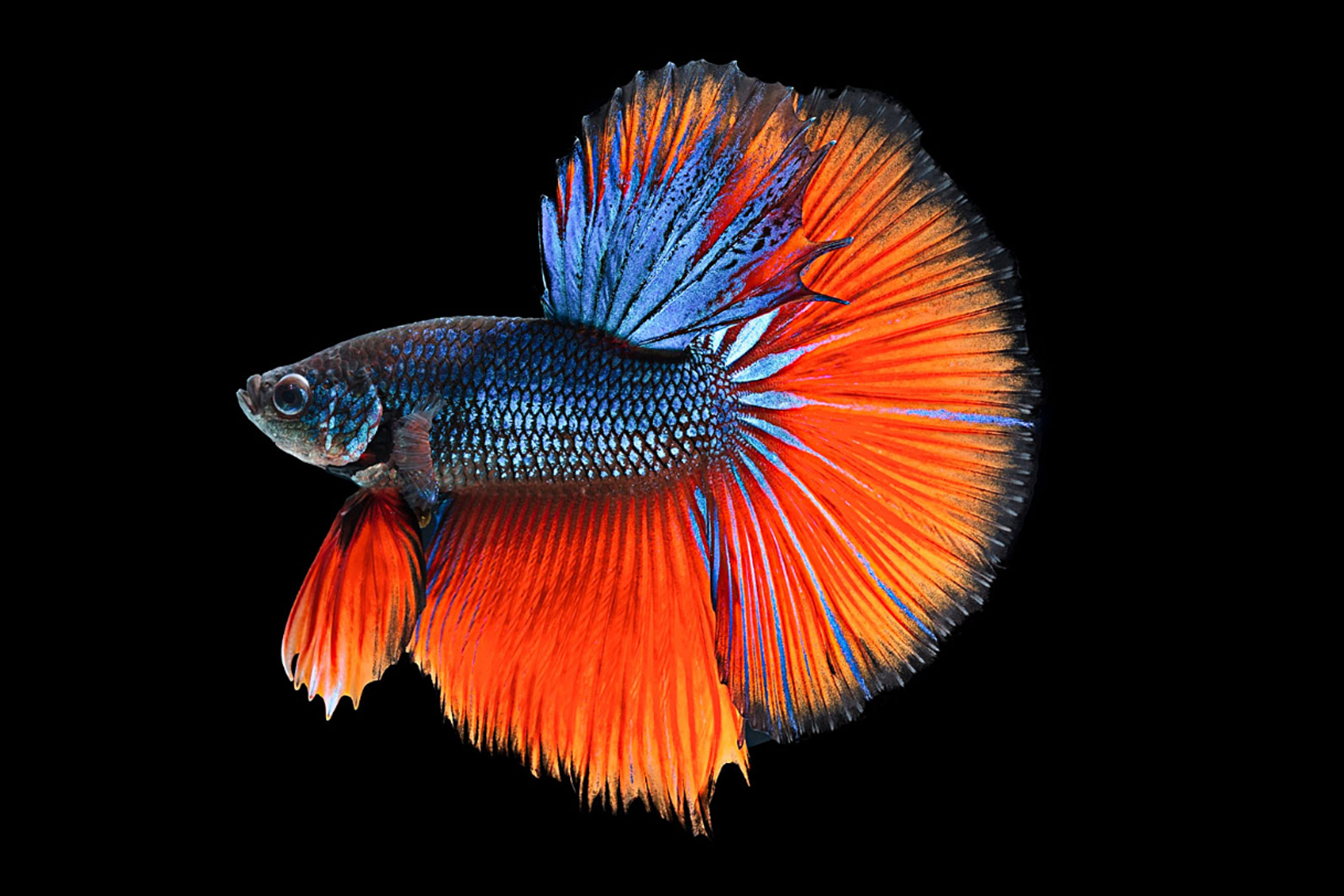

Siamese fighting fish, also known as bettas, got their name for their intense fatherly instinct. Male bettas build a nest of floating bubbles, coating each one with saliva so they won’t pop, for the female’s eggs. The male fights off everything—including the mother—to ensure the safety of the eggs. One might say he’s more than a little overprotective. The incubation period is short, however, with the eggs hatching after 24 to 36 hours. The male continues to protect the newborns until they are ready to survive on their own.
Cardinalfish
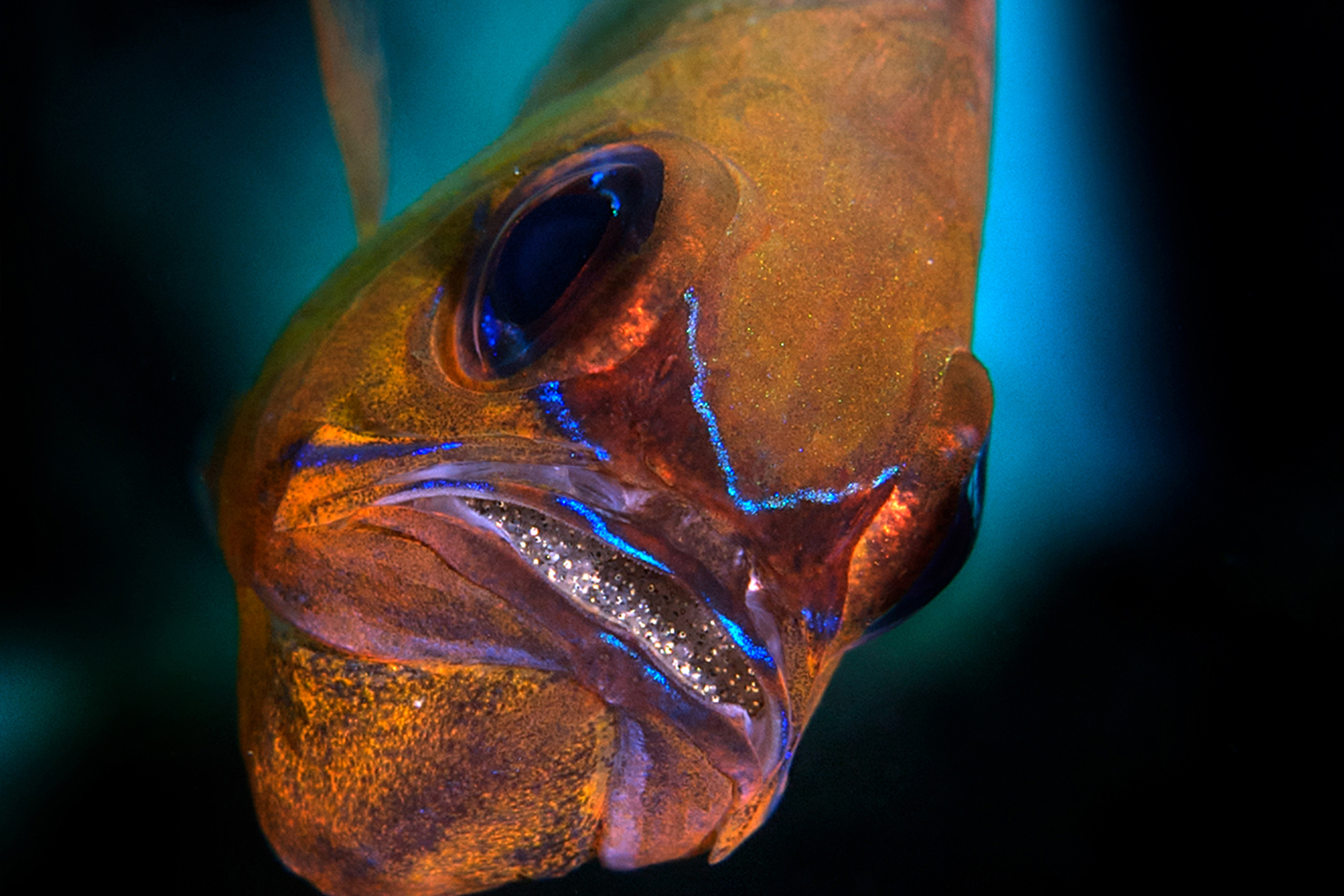

Cardinalfish are the last mouthbrooders on our list. They are only found in the tropical waters off the coast of the Banggai Archipelago, a group of islands in Indonesia. Unlike other mouthbrooders, the females release an egg mass close to the male which the male then fertilizes before taking them into his mouth. During the incubation period, the male sometimes open his mouth to rotate the eggs, keeping them clean and ensuring they have enough oxygen.
Sea spider
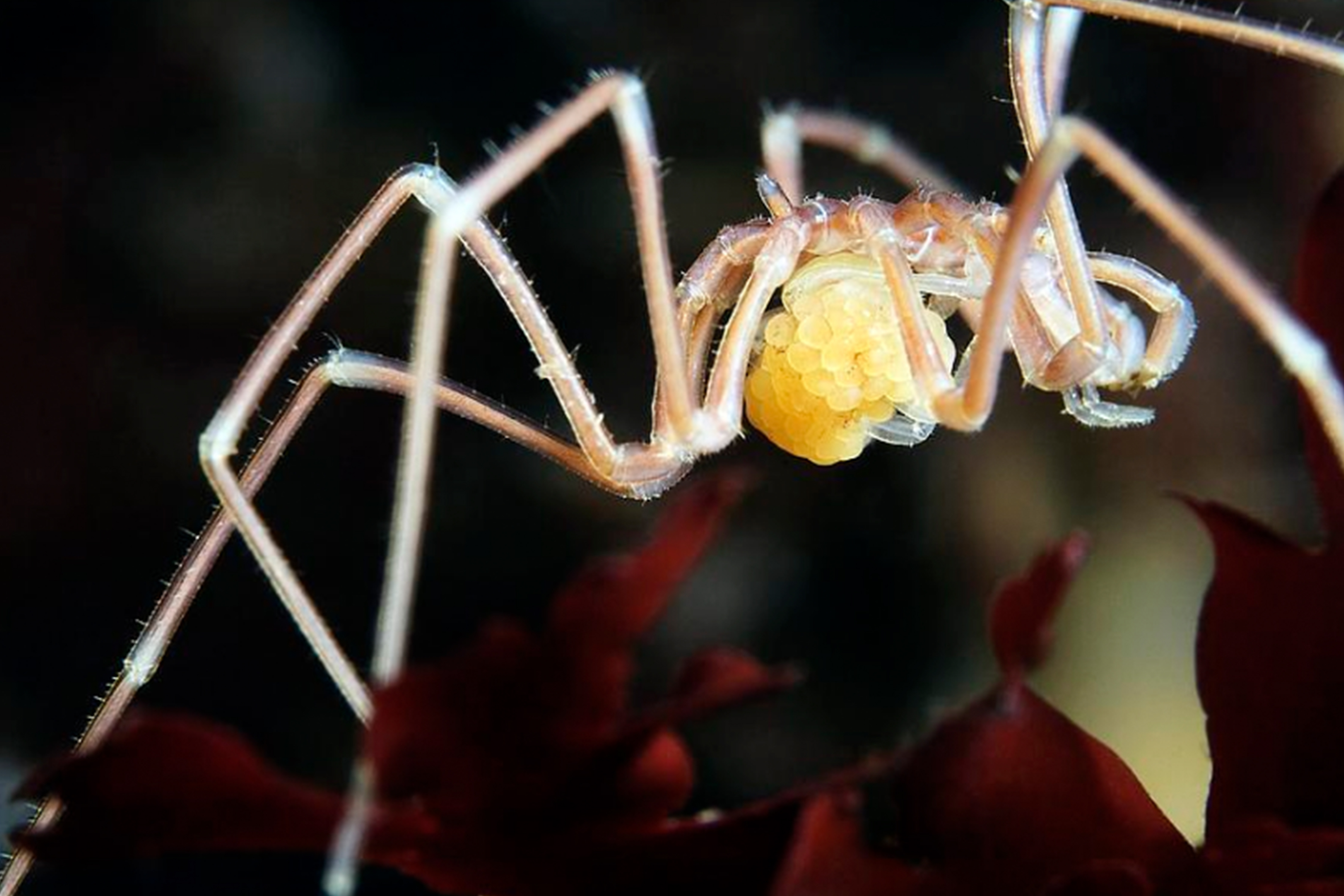

Surprisingly, Sea spiders are dutiful fathers that can be found all over the world. After fertilizing a female’s eggs, the male collects them all and secretes a substance to attach them to one of his appendages called an oviger. He carries the eggs with him until they hatch and are able to survive on their own.
Lumpsucker
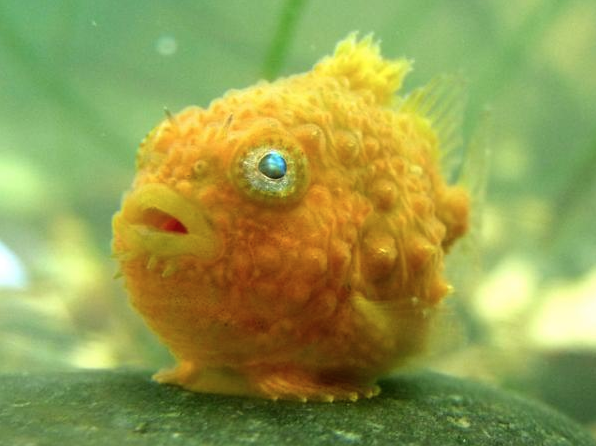

Found in the cold waters of the Arctic, North Atlantic and Pacific oceans, the lumpsucker is our most adorable dad. In order to attract females, male lumpsuckers build nests to show off their great parenting skills! Once a female selects his nest, she will lay up to 350,000 eggs and then return to her independent lifestyle. The male lumpsucker then fertilizes the eggs and protects them from predators and keeps them well oxygenated during their four to eight week incubation period.
Clownfish
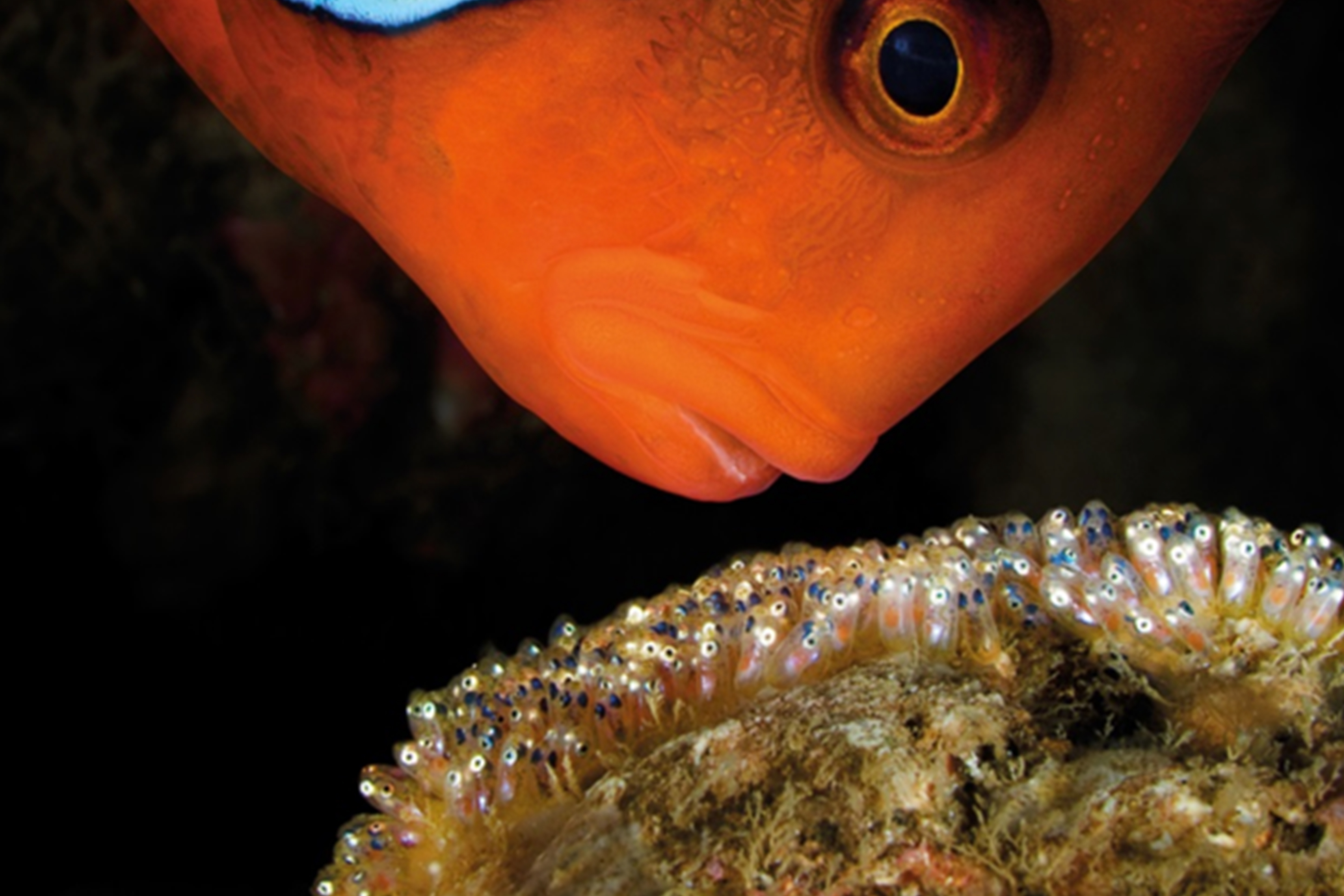

Our final father figure has even had a movie dedicated to his resilient parenting instincts. The clownfish is a careful caretaker, fanning the water to give his eggs oxygen and keeping them clean. Their paternal instincts are so strong that even a bachelor clownfish will care for eggs from a different nest.
Regardless of whether they’re losing sleep over an energetic newborn or facing freezing temperatures to keep their egg warm, fathers of both land and sea deserve our thanks and appreciation this Father’s Day.
Sign up for our emails!
The post 11 Fabulous Fathers with Fins appeared first on Ocean Conservancy.
Read the full article at: https://oceanconservancy.org/blog/2018/06/15/11-fabulous-fathers-fins/



